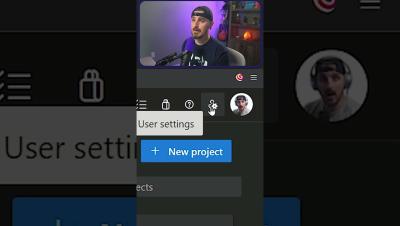Active Exploitation Observed for Linux Kernel Privilege Escalation Vulnerability (CVE-2024-1086)
Last week, CISA added CVE-2024-1086 to its Known Exploited Vulnerability Catalog. CVE-2024-1086, a use-after-free vulnerability in the Linux kernel’s netfilter, was disclosed on January 31, 2024 and assigned a CVSS of 7.8 (High). If successfully exploited, it could allow threat actors to achieve local privilege escalation. While there was no evidence of active exploitation at the time of disclosure, we have since observed adversaries targeting CVE-2024-1086 in the wild.











